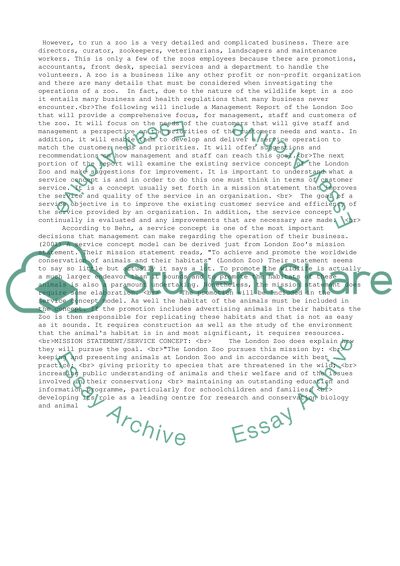Cite this document
(“London Zoo Case Study Example | Topics and Well Written Essays - 3500 words”, n.d.)
Retrieved from https://studentshare.org/business/1532243-london-zoo
Retrieved from https://studentshare.org/business/1532243-london-zoo
(London Zoo Case Study Example | Topics and Well Written Essays - 3500 Words)
https://studentshare.org/business/1532243-london-zoo.
https://studentshare.org/business/1532243-london-zoo.
“London Zoo Case Study Example | Topics and Well Written Essays - 3500 Words”, n.d. https://studentshare.org/business/1532243-london-zoo.


